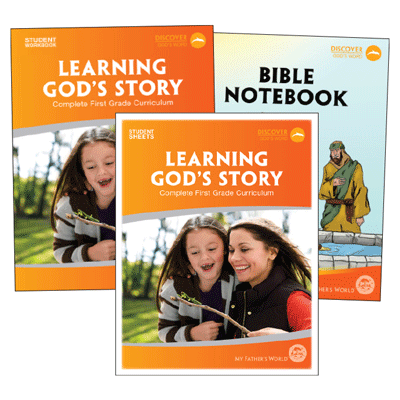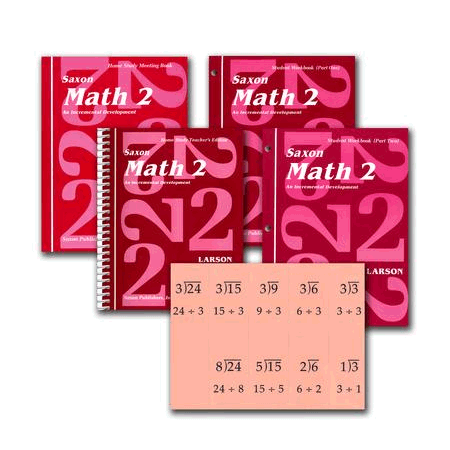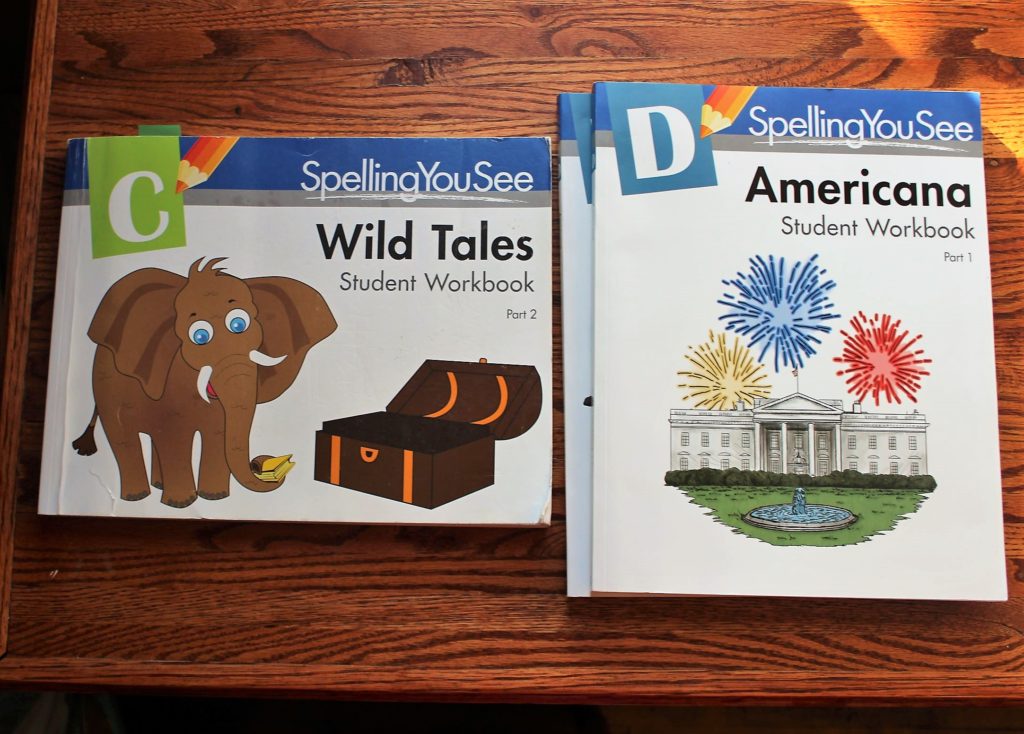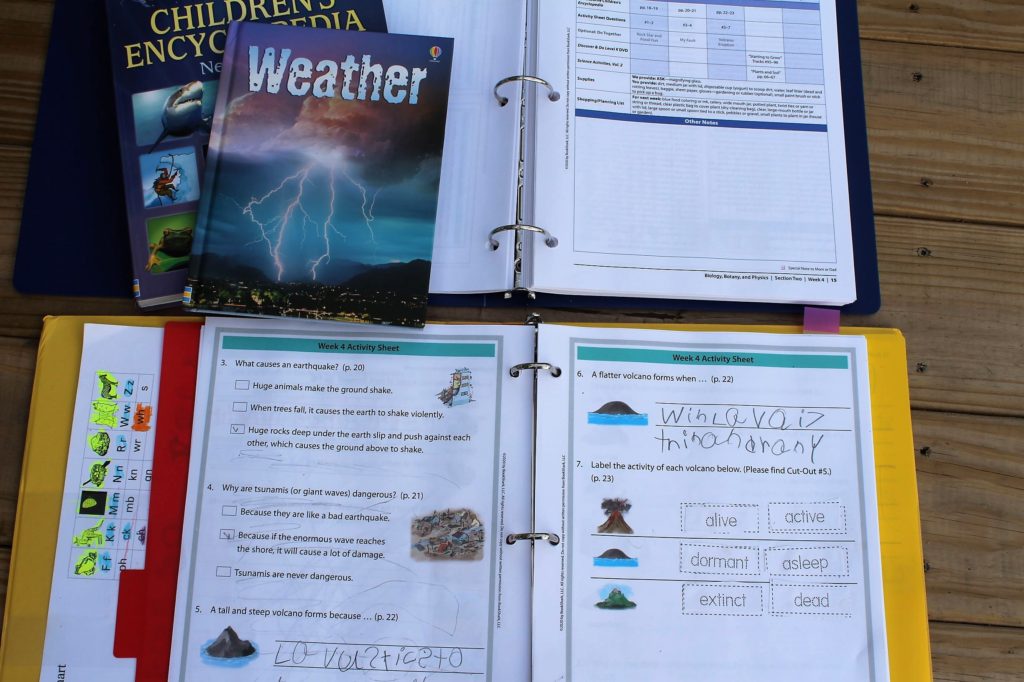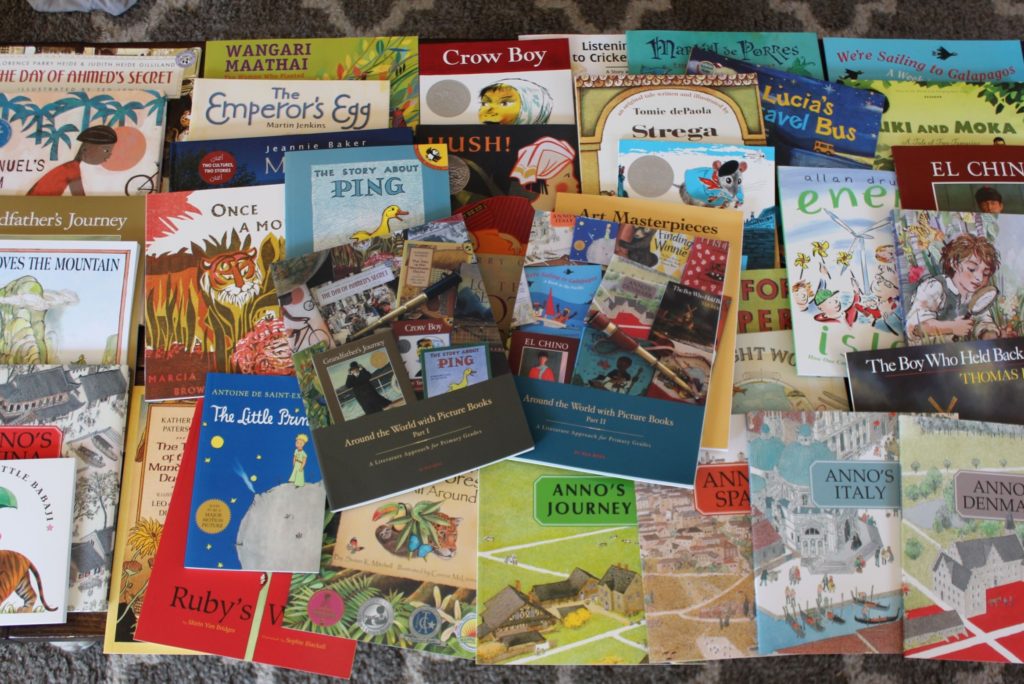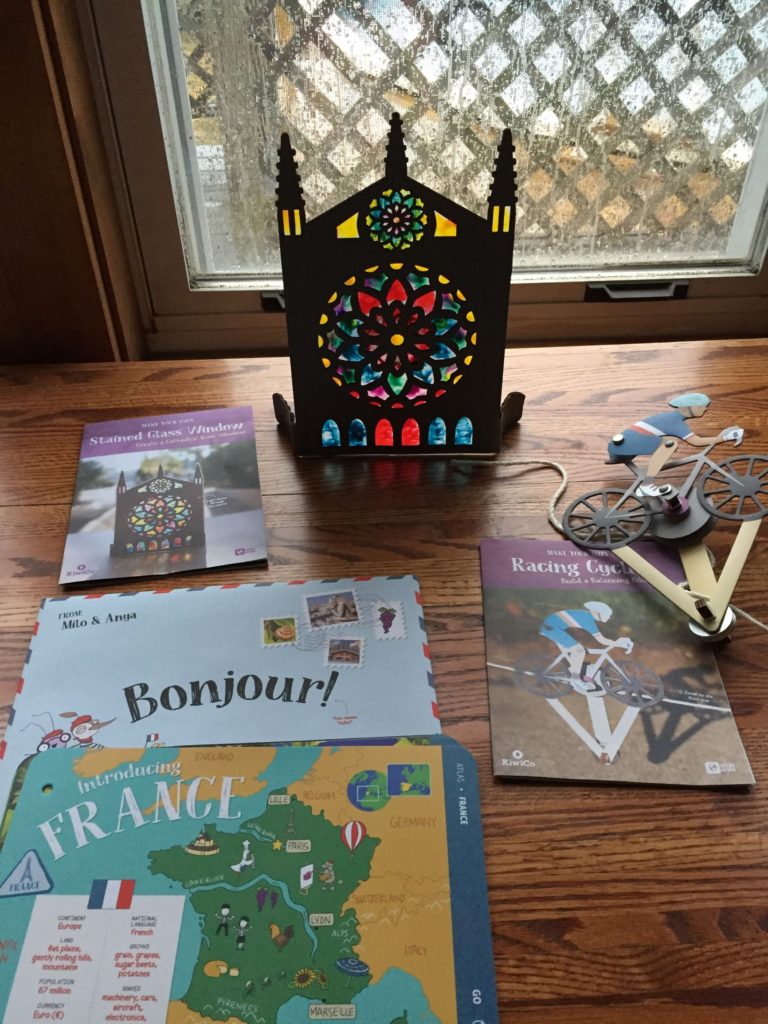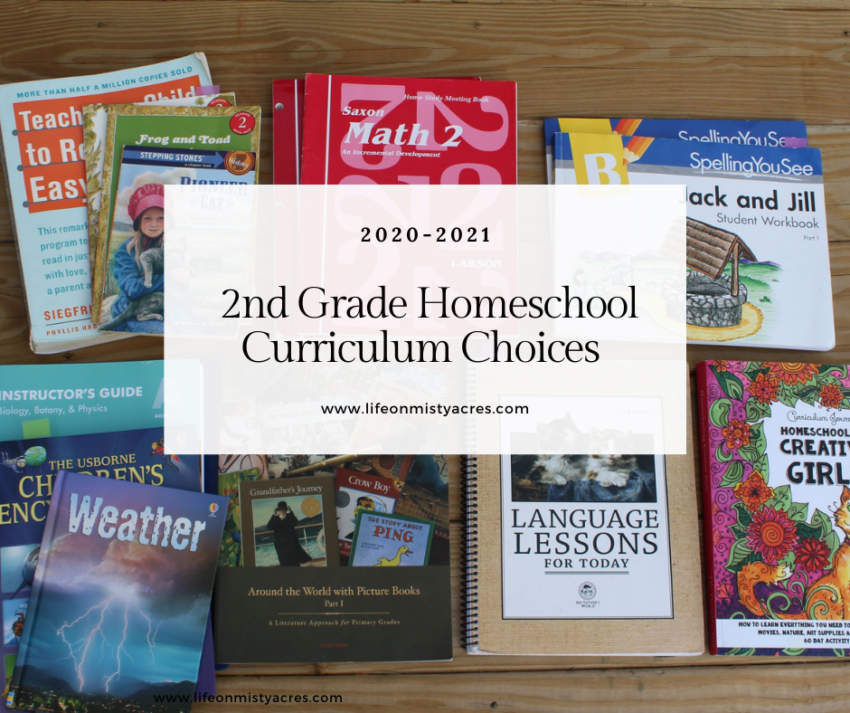
2020-2021 2nd Grade Homeschool Curriculum
{This post may contain affiliate links. You can read our Disclosure Policy HERE.}
Wow, I can’t believe that the 2020-2021 school year is over halfway done and I am finally putting together this post. Sorry! The good news about me finally sharing our 2nd Grade Homeschool Curriculum Choices is that I can tell you what we did and didn’t like this 2020-2021 homeschool year.
This will be our 8th year homeschooling! That’s pretty wild to say, but very exciting too. Maybe that means we are finally getting into a groove around here (haha, I don’t know if that ever really happens). We do try to do as many subjects together as we can. Because of my children’s ages, I have been breaking them into 2 groups. I have my older children (6th and 5th grade) and my younger children (2nd and Kindergarten). It has been nice to be able to teach them more at their level and they have a companion to work with and discuss the subjects with. We also have a tag-along baby who will be turning 1 soon.
Our 2nd Grade Curriculum Choices

Before diving into the individual subjects that my 2nd-grade daughter has been using, I want to add that our family uses My Father’s World Curriculum as our core. I listed this in our Group Subjects post. We are currently doing Creation to Greeks in the family cycle. If you are unfamiliar with My Father’s World and how the family cycle goes, we learn Bible, History, Science, and Art together as a family. Subjects such as math, reading, spelling, english, etc. are done based on your individual child’s level. These are the subjects I will be sharing with you today (with a few extras). I also chose to do something different for Science this year too.
My Father’s World does give recommendations on programs to use, but we have been homeschooling for several years now and found some other curricula that we enjoy using.
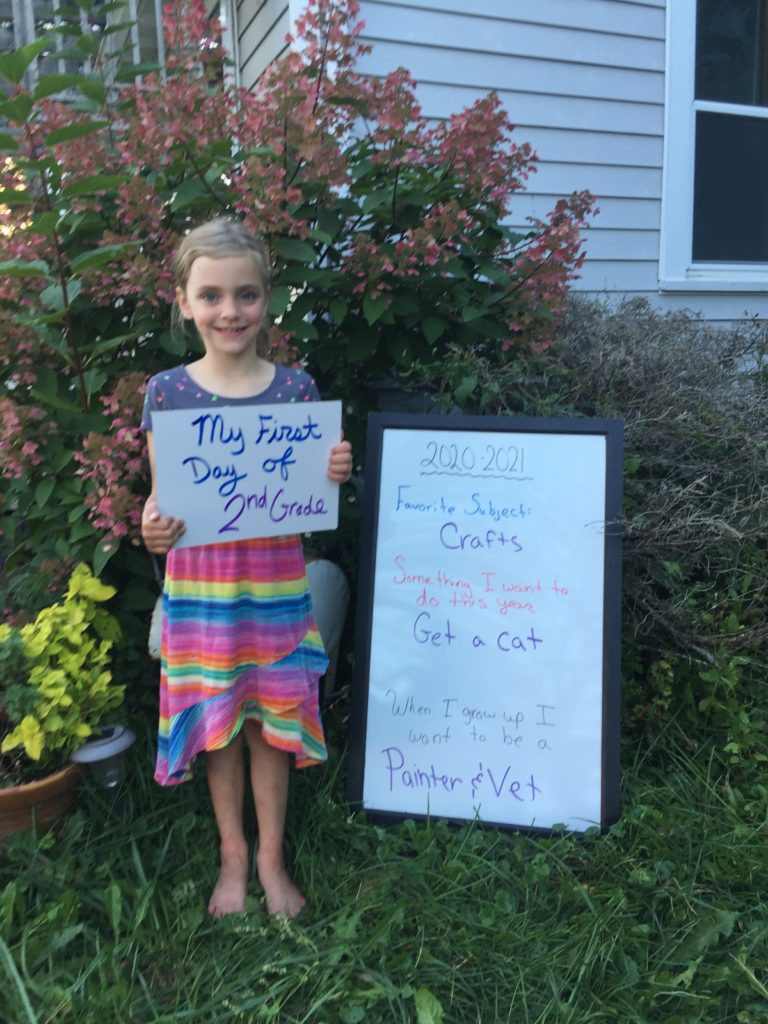
Since we started Creation to Greeks last school year, I did have a rough understanding of what was going to work for us and what was not. In particular, the science program was more advanced than my younger kids were ready for. This year, I decided to add a more age-appropriate science and a Geography program to give my younger children a little something fun and different to learn about. Below I will share with you what we thought of our new homeschool additions and how they went.
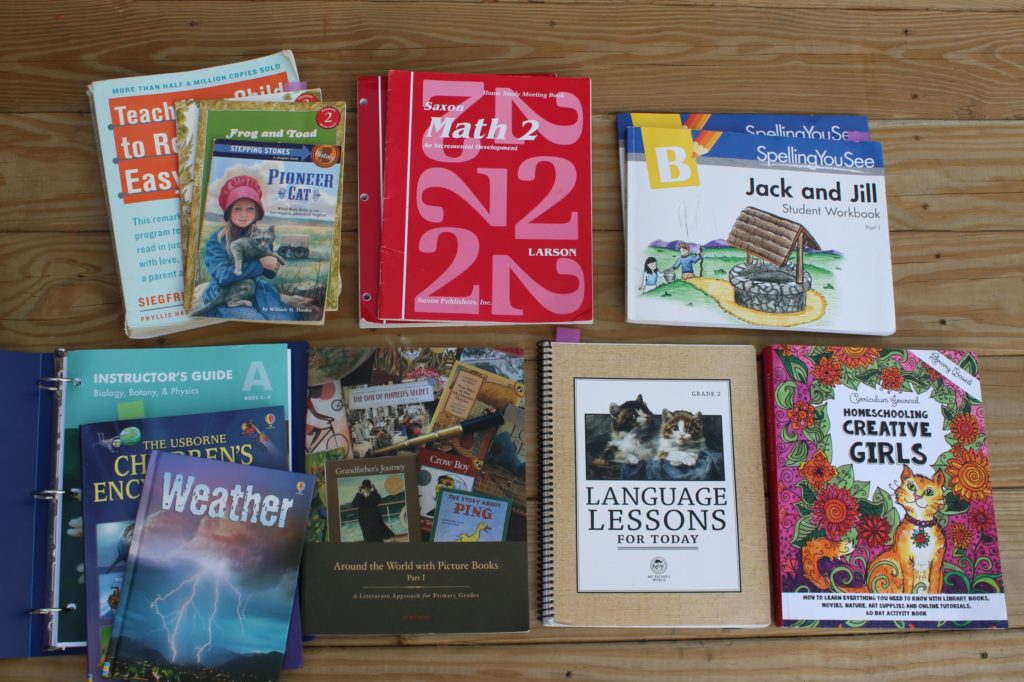
I hope you enjoy seeing enjoy our 2nd Grade Curriculum Choices and books my daughter is doing. Feel free to shoot any questions my way in the comments.
Reading
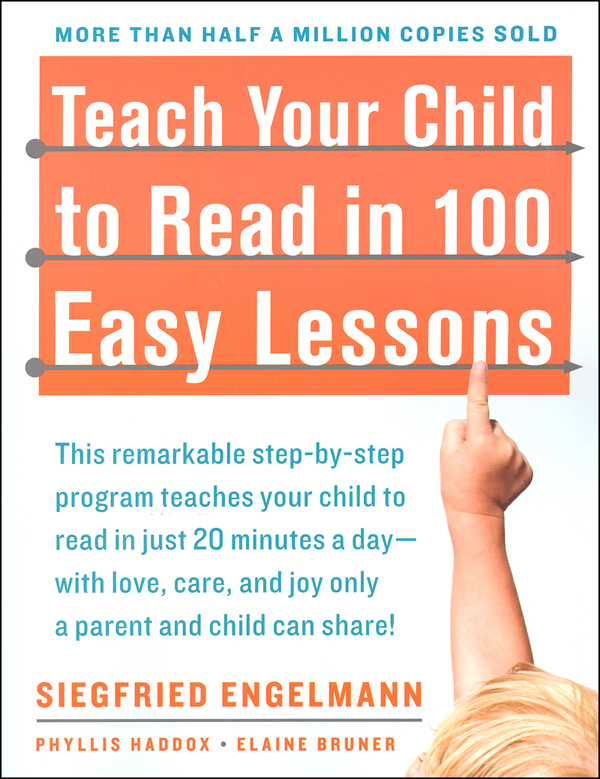
Teach Your Child to Read in 100 Easy Lessons
My daughter finished all 100 lessons of this book right after Christmas. She’s been using it on and off throughout the last year and a half or so. This is a book that I always go back to. It’s phonics, reading, and letter writing ALL-IN-ONE. In my opinion, it does the best job of teaching how to blend word sounds together by using a follow the arrow method. By the end of this book, your child should be reading at a 3rd-grade reading level. My daughter and I did try another reading program in the past which took me too long to teach and ultimately lead to me skipping lessons on busy days. I love how easy this book “open and go” book is!
After completing this book successfully for the 3rd time with my children, I decided to start my Kindergartener on it right away too. We are currently on lesson 11 and it’s going well. Somedays we skip it because it brings tears, but most days he feels proud that he can already read words.
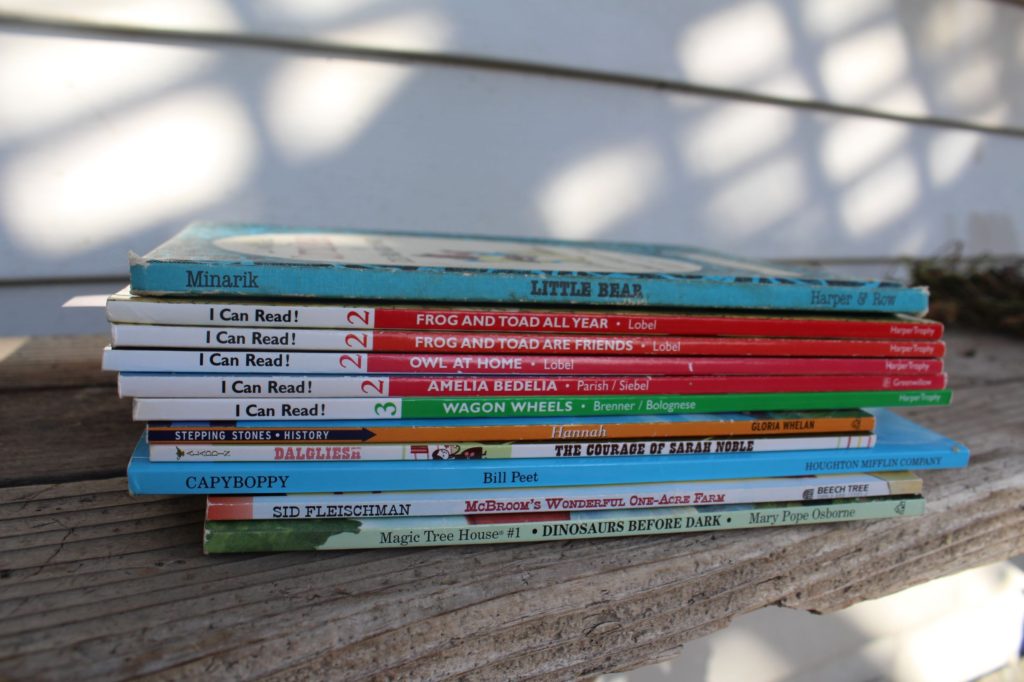
Beginning Reader Books
When I feel like my kids are ready to read on their own, confidence is one of the hardest things to work through. I find myself saying this a lot, “It doesn’t matter how big the words are, you can still read them.” I have struggled with this much more with my girls. Reading real books is when my kids really start to bloom and gain confidence that they can actually read. It’s a hard thing for early readers to do. Thankfully, I have grown a nice beginning reader library over the years.
After several years of homeschooling and book collecting, I have a nice stack of beginning reader books that we go to. Frog and Toad are at the top. Oh, how I adore Frog and Toad! I personally love hearing about their friendship and funny tales, as do my children. Below, I list more of our favorites.
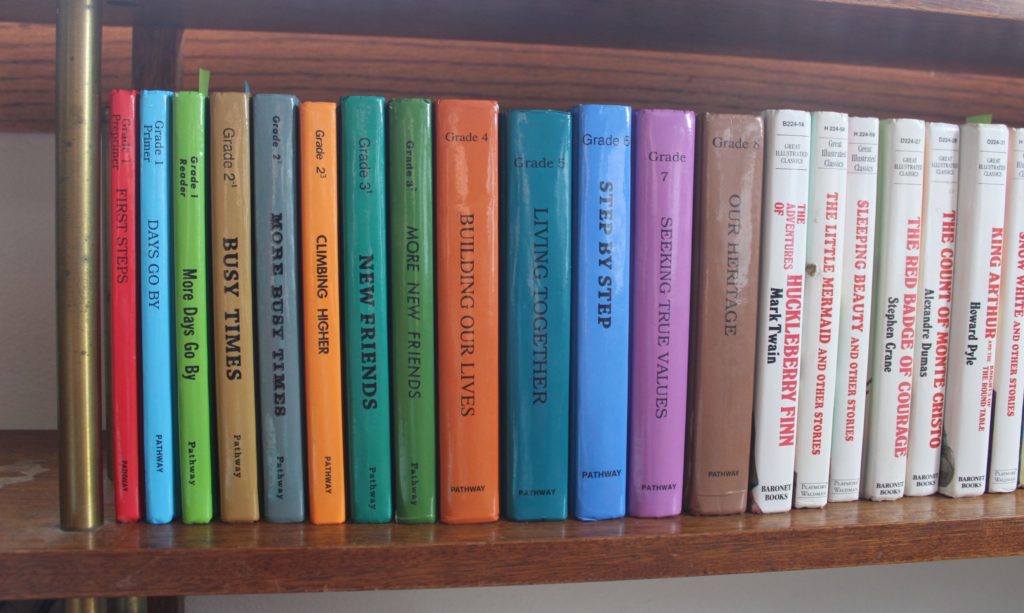
At the moment my daughter is reading through the Pathway Reading Series and currently is flying through the book More Days Go By. I know I could push her more on reading but I want her to feel comfortable and confident in herself. This reading series also has corresponding workbooks to go with each book which are highly rated and very affordable. You can find them here.
Some of our other favorite beginner readers are Owl at Home, Little Bear, Amelia Bedelia, Wagon Wheels, Pioneer Cat, Hannah, The Courage of Sarah Noble, Dinosaurs Before Dark, McBroom’s One Acre Farm, and Capyboppy. We also have several of The Great Illustrated Classic Books that we pick up when we see them at garage sales or thrift stores.
I make my children read for 20-30 minutes a day. My 2nd grader will often read to me while I am washing dishes or making lunch. It’s enjoyable to listen and to share new stories with children this age.
Every year I check out the “readers” listed by Sonlight and Heart of Dakota to continue to add to our home library. Having engaging books at each child’s reading level is always important to me and I continue to work at adding good books to our home library.
Phonics
Finishing Up Phonics Lessons/Handwriting in Learning God’s Story
There was a time when I cared about grade levels. I no longer feel that way for most things in our homeschool. It seems as if you are always learning new concepts and then reviewing them later. That is why I am in no rush to push my daughter through her phonics book that we started last year with My Father’s World Learning God’s Story. My daughter is doing a great job reading right now and I want that to be our focus.
We are just going over the phonics lessons, reviewing the previous phonics sounds, and doing some fun worksheets that allow her to cut, color, and write out her words that she learned in the lesson. She has been doing the extra worksheets independently and has enjoyed them. This program also includes a weekly handwriting sheet where the child rewrites a Psalm. We have been doing this too since I want her to improve her handwriting and the psalms are so good!
She uses her Bible Notebook when we are doing our family bible history lessons in Creation To Greeks. This is a really nice sturdy notebook with lots of room for coloring.
Language
Language Lessons for Today Grade 2
Language Lessons for Today
This is another book that we do not do daily but bring out when we have time. I find myself doing either the phonics lessons from above or pulling out this language lesson book.
Oral composition is something that I want to work on with my daughter. It is hard for her to verbally share her ideas and feelings. My mom brain shouts out, “Language Lessons!” Good communication skills are a must at this age and I feel that this book does a good job of making them express themselves verbally and think things through in a fun way. You also have to be diligent in making the child speak clearly and in complete proper sentences in everyday life too.
My daughter loves picture study, poem memorization, and the stories in this Language Lessons Book. This book is a mix of Charlotte Mason and Classic homeschool methods. It covers basic language skills such as English, punctuation, composition, oral language skills, letter writing, understanding poetry, and more. I like how it focuses on communication skills and it doesn’t feel like “school.” I also ready enjoyed First Language Lessons with my first 2 children. We did that program together and I felt that it was similar to Language Lessons for Today.
2nd Grade Homeschool Math
Saxon Math 2, Home Study Kit
Saxon Math 2
I am pleased with how much my daughter is learning using Saxon Math 2. We used Saxon 1 last school year and decided to continue with the program for her this year. The daily math lessons are fun and engaging. She grasps the concepts easily and then continues to review those skills on her student sheets.
What I like about Saxon Math 2: I like the engaging math lessons and also like that the math fact sheets are right in the student book next to their daily assignment. It’s so easy to fit math fact practice in every day. The morning meeting/calendar time is one of our favorites. We do not do all the activities suggested in the teacher’s manual daily, although I do try and hit each topic such as time, graphing, money counting every few days or so. I also like that this is a more traditional, spiral method of math where concepts are reviewed frequently.
What I struggle with in Saxon Math 2: Notice that I didn’t say, “what I do not like about Saxon 2?” That is because I do like the program. But, there are things about it that I struggle with. One big challenge is the time allocated to teaching the lessons. I would say that it takes us 30-50 minutes to do our complete math lesson and worksheet. As a busy mom of 5, it is hard to allocate that much time to a math lesson with 1 child. She isn’t quite able to read her math worksheets all on her own just yet and I know it will be a little easier when she does. However, I would say that she “knows” math the best out of all my kids and that the time I am spending with her is working.
Another thing I struggle with in Saxon Math 2 is skipping lessons when she already knows the concepts. There have been times when I wished the program was moving faster. I usually look through the teacher’s manual to see if there is a lesson or two that I can skip. I then have her take the Assessments to make sure she still understands what we previously learned. The Teacher’s Manual is filled with great lessons that are also intertwined with math fact practice, so I have struggled to get ahead in it, hence us still being at the beginning of Student Book 2 in March.
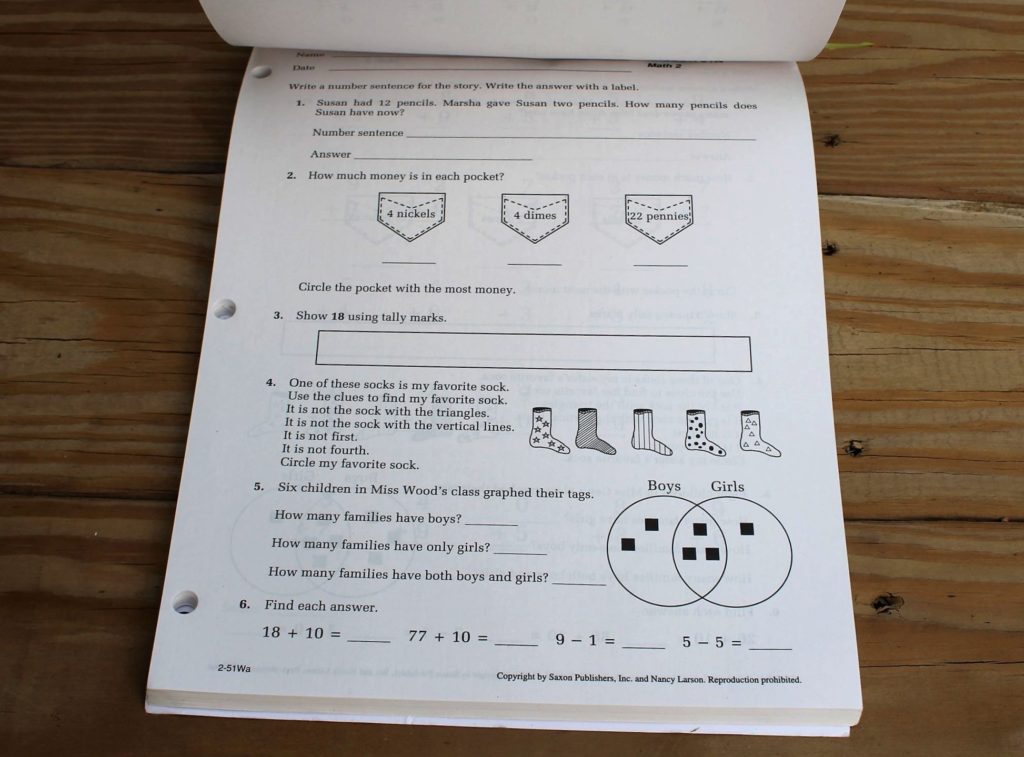
This is a much more teacher-intensive approach to math than I am used to. The good news is that she is learning and thriving in her math lessons and I know that she will review everything again next year in Saxon 3.
My older children are using Math-U-See (with a few little additions of Saxon) for their math programs. Saxon is a much different approach and I am trying to figure out both styles of math teaching based on my children’s personality.
Spelling
Spelling You See Level B: Jack and Jill Universal Set
My girls LOVE Spelling You See. My older daughter has been doing this program for years and my younger daughter has been enviously watching her in hopes of someday doing her own spelling book. Gotta be like her big sister. This was the year I started her. I love Spelling You See because it is easy for the parent and teaches the child through fun passages that they already know (nursery rhymes) or passages that interest them. I never hear any complaints about my girls having to do their Spelling Lessons.
Handwriting
Printing Power Student Book (2018 Edition)
Printing Power by Handwriting without Tears is a super easy program to use. I do not feel that the Teacher’s Manual is needed for this program. For me, this book is simply used as a guide for them to practice proper letter formation. I often will make sure that she is taking her time and doing a good job, congratulating her and adding stickers to the words she writes nicely. She does this book mostly independently.
My daughter doesn’t really care about having nice handwriting. This is something that I want to focus on this coming year, as well as have her learn cursive. We will continue with Handwriting Without Tears Cursive Handwriting next year.
Science
BookShark Science Level A (doing it with Kindergarten brother)
I like Science but it is one of the subjects that I find hardest to fit into our days! For My Father’s World Creation to Greeks, they work through Science in the Beginning. I felt like Science In The Beginning was advanced for my younger kids. So, instead, I decided to do something more age-appropriate for my younger kids, BooksShark Science Level A: Biology, Botany, and Physics. (This package has now been updated so is different from what we used.)
What I like about BookShark Science: I like BookShark Science because it includes the student worksheets already printed and ready for me. It uses very eye-catching real books. And most of all, it is easy for me. It also gives a nice broad view of science topics.
My kids enjoyed the books and LOVE the linked internet videos. They also enjoyed the topics we were learning about and had fun filling out their worksheets. I loved that the worksheets are all included and I didn’t have to get out a notebook and make observations on sheets that would just get lost. Everything was in the binder. That is really nice!
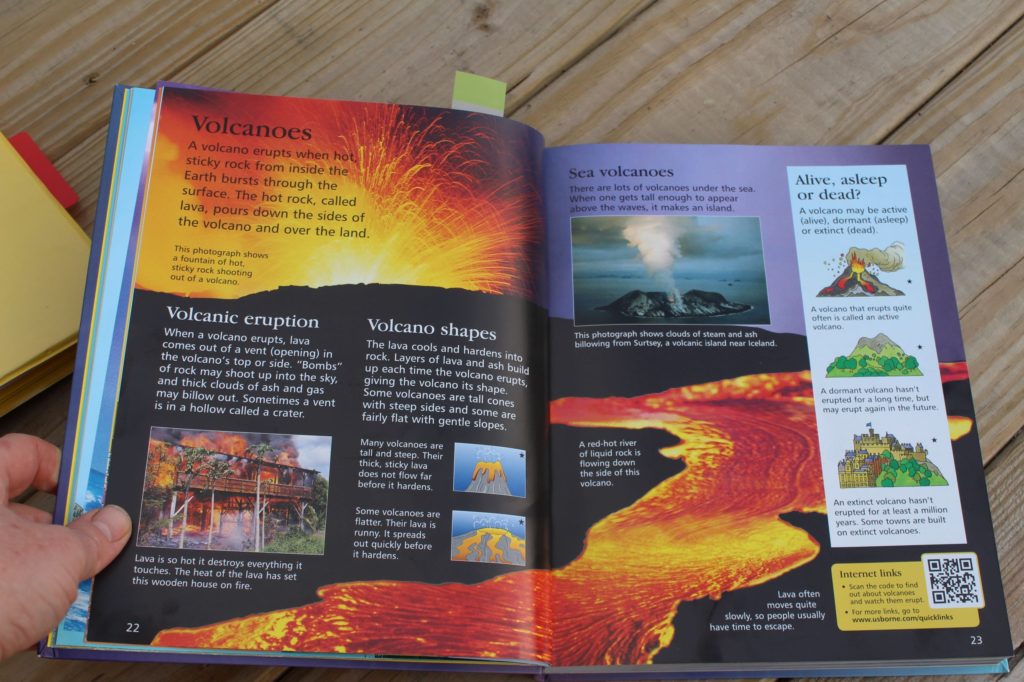
What I don’t really like about the program: It doesn’t have a lot of hands-on experiments to do. The Usborne Book of Science Activities is scheduled once a week and has ideas for hands-on experiments. The activities did not always feel like they “fit” with what we were learning about for the week. At the same time, science experiments are something that can hinder me from teaching science. I do not plan ahead and experiments need to be easy to do on a whim. So even though I felt that the kids should have more hands-on learning, I think this program was just what I needed this year with a baby. I can see that it would be easy to add more experiments into the program if your family would like.
World Geography
Around the World with Picture Books from Beautiful Feet
Like the science program above, I felt that my 2 younger children would benefit from learning about the countries in the world in a more age-appropriate way. Two years ago, our family did My Father’s World Exploring Countries and Cultures (you can read my honest review of that here). We had a great time doing that program, but my younger kids were pretty small at that time and did not retain the information. That’s completely okay! Yet, I wanted them to know how vast the world was in a fun, natural way. And then I saw Around the World with Picture Books and I thought, “Yes! This is the answer.”
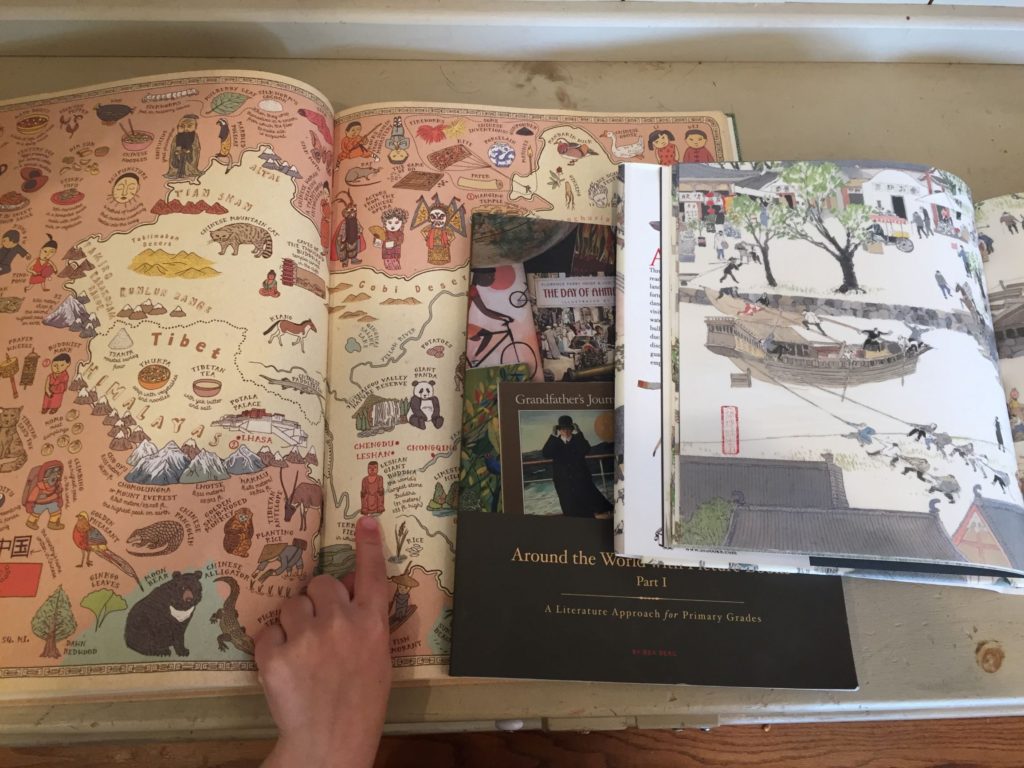
What I Wanted: I wanted my younger kids to learn about the world in a fun, easy, natural way. I wanted to fit in reading time with my younger children without having a lot of activities and student sheets. I really wanted something easy! Around the World with Picture Books by Beautiful Feet was just what I was looking for. It’s an open-and-go program that does not take a lot of time to teach and is very flexible. This curriculum is full of wonderful children’s books that I have previously requested from the library and know that they are quality literature. I am happy to add these titles to our home book collection.
What I didn’t expect from Around the World with Picture Books: All my kids wanted to participate! If I sat down to read a story to my little ones, it wouldn’t be long before all of my kids were gathered around listening to the story. You are never too old for a good book!
I also did not expect to like wordless books as much as I did. Anno’s China by Mitsumasa Anno was a real treat to go through with my young learners. They saw things that I wouldn’t have notice and we were able to dig into the different cultures and landscapes of china.
Everyone really enjoyed writing and coloring in their travel journals (more on this below). It turned into more of a family affair than I was originally planning. Which is great! However, it was more of a time commitment than I was originally planned and we did not get to learning as many countries as I was hoping to.

One of our favorite things about Beautiful Feet’s Around the World with Picture Books Curriculum is the travel journal. The Teacher’s manual gives you Country sheets that you can copy/print out with the Country’s shape and animals of the land. The kids would then color, cut, and paste them into their travel journals. Each child made this travel journal their own. The World Atlas was brought out and we discussed and researched the area. It was fun to see what they decided to add to theirs.
To see this amazing book package & all the other curriculum packages they have available click HERE!
This program is very flexible. I really appreciate that. This is probably going to be something we continue to learn about over the summer and the kids will not be upset because they love hearing good stories, learning about all the different animals in the countries, eating food, and watching movies.
Atlas Crate Subscription Box
Kiwi Co’s Atlas Crate Subscription Box: Ages 6-11
Our family LOVES Kiwi Co Subscription boxes! You can read My Honest Review of 4 Different Kiwi Co Subscription Boxes here. We have tried several different Kiwi Co. subscription boxes with our children and have found great value in them all. My 2nd-grade daughter received Kiwi Crate boxes last year. This year she wanted more art projects and since we were learning about the world with Around the World with Picture Books, I thought it would be fun for her to try out Atlas Crate.
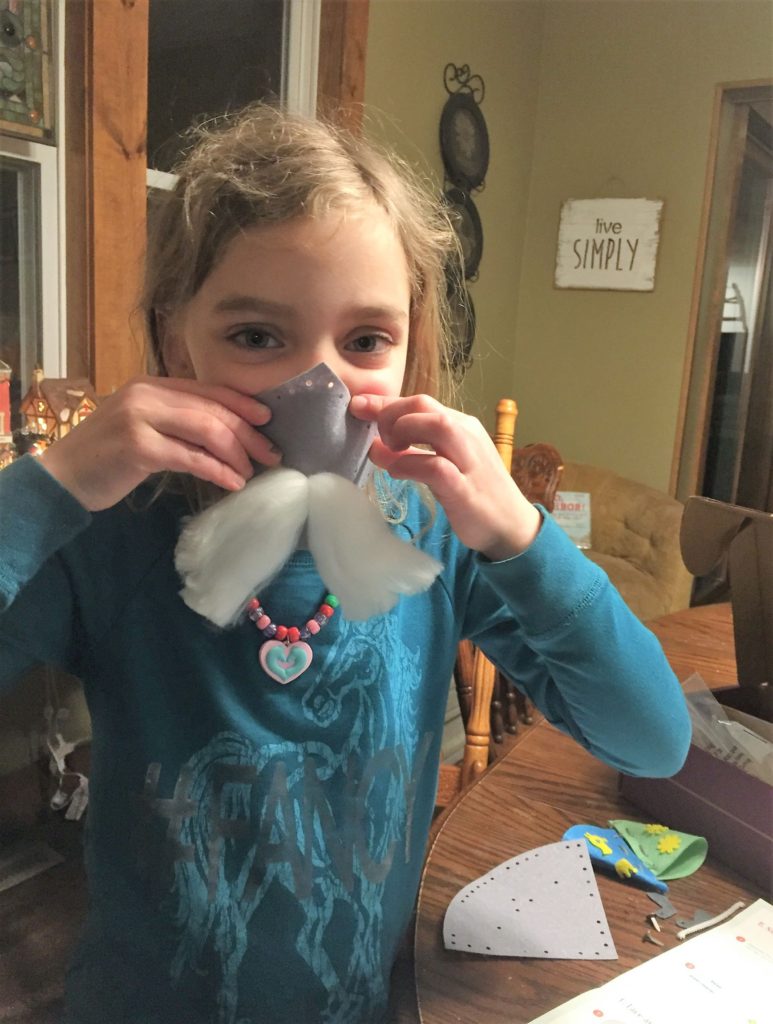
Each crate comes with an informational book with facts about the country and a recipe. These small booklets can be added to the child’s “travel book.” The subscription box also includes a craft and typically a game that is played in the country. My daughter especially likes the crafts that are included in the box! They are always really cute and that is something I think she was missing when she was doing the Kiwi Crates. The games are fun but typically they are a mini version and I do not see them lasting long.
Since we are learning about the world this year, the Atlas Crates have been a good way to explore different Countries more and have a lot of fun while doing it. Overall, we really do like the Atlas Crates. If I had to choose, I like the STEM Projects in the Kiwi Crates more but my daughter is enjoying the Atlas Crates more and she continues to play with/admire the world craft projects.
Check out the latest deals and all the other fun Crates that are available
Gameschooling
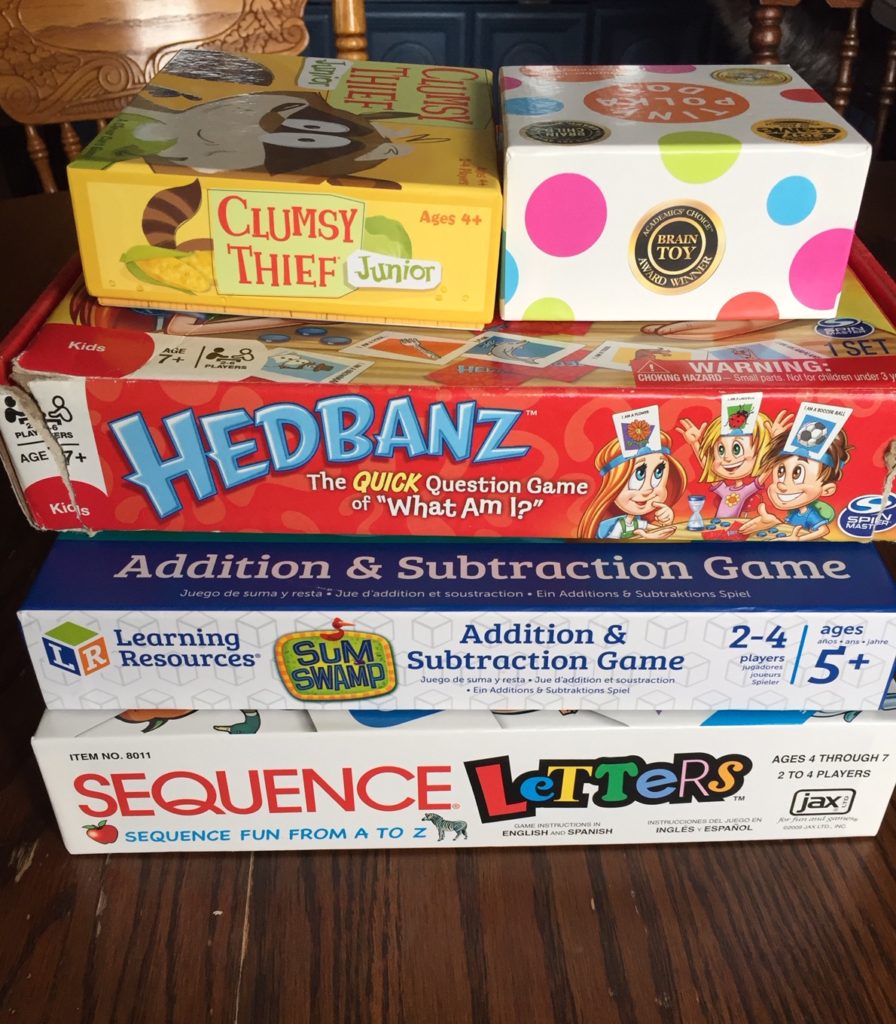
We love to incorporate games into our learning whenever we can. Above is a picture of my favorite games for early elementary. I will bring these games out and let my 2 younger learners play. Clumsy Thief games are MY FAVORITE! You work on adding common numbers to make 100, 50, or 10. Code Names Disney and Trekking are other fun games that are right at my daughter’s level.
Fun Stuff
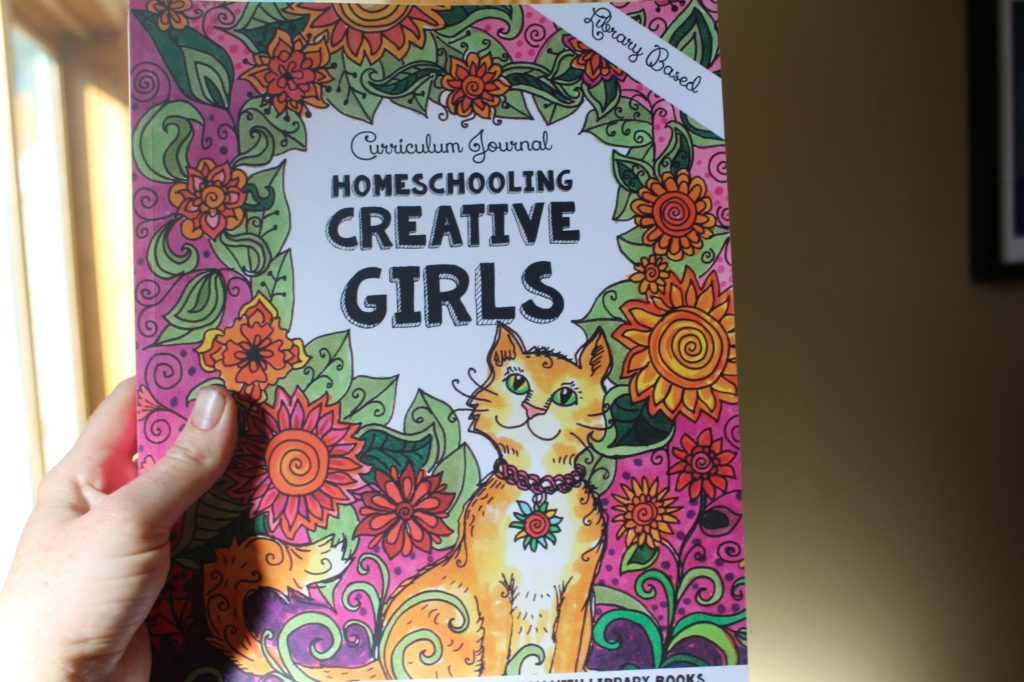
Thinking Tree Journal for Creative Girls
My girls love to doodle! If your child likes to doodle, this is a fun book to add for them. We picked 2 of these for each of my daughters. I thought it would be something they could do together. There is also a sister book that I thought was really cute.
Some Other Fun Independent Time Books
End of the Year Thoughts on our 2nd Grade Homeschool Curriculum
I hope you enjoyed this glimpse into what we were using for our 2nd Grade Homeschool curriculum. Since we are over halfway done with the year, I can tell you that it has been a fun one. My 2nd-grade daughter is thriving and learning. She is my quiet child and will sneak off during the day and since I am busy she oftentimes doesn’t do as much “homeschool” as I would like. But, she’s doing great and has a love of learning. That is all that I truly want for my kids.
What are you using for your 2nd Grade Homeschool Curriculum? Do you have any favorite curriculums or books you would like to share? I also share some of my favorite Kindergarten Resources here in our 2020-2021 Homeschool Kindergarten Curriculum Choices.
Save Pin for Later
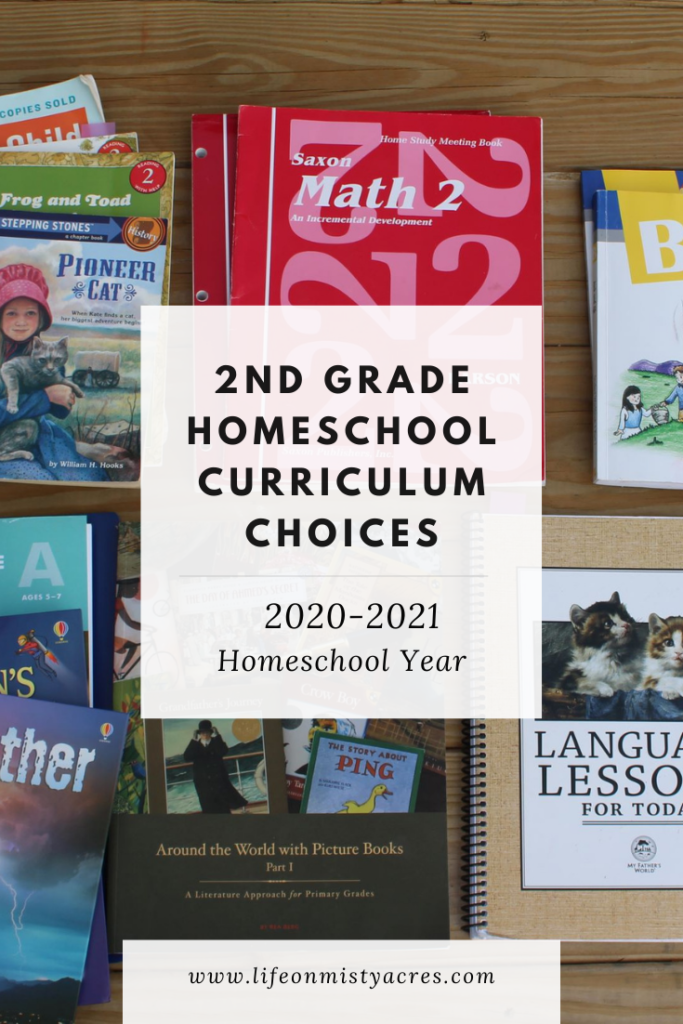
Happy Homeschooling,
Lindsay from Life on Misty Acres

